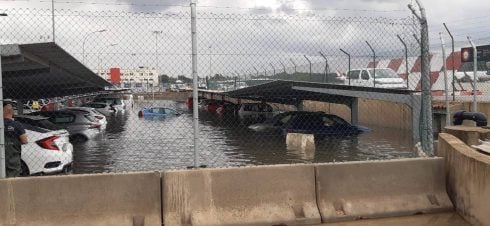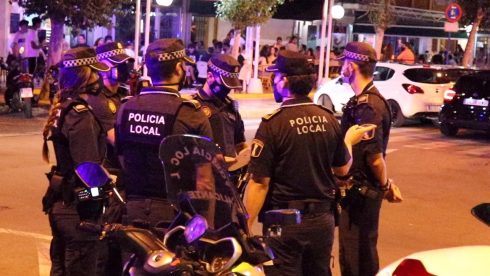THE unexpected June monsoons that completely flooded parts of Mallorca and the Costa Blanca gave many a nasty shock when they went looking for their cars.
Incredible videos on social media showed rows after rows of cars submerged in flood waters up to the wing mirrors.
If you find yourself in this situation with your vehicle, what should you do?
Julio Gonzalez, president of the Balearic Association of Mechanical Workshops, gives some helpful tips.

“The most crucial step is to ensure the car is entirely dry,” he advised.
“Make sure there’s no significant water internally, particularly within the air filter.
Once confident the vehicle is water-free, he suggests attempting to start it to ensure it sounds normal and also recommends adding a cleaning additive to the fuel tank to help absorb water.
“Drying the interior thoroughly is also essential to prevent bad smells and lingering moisture.
“You have to be patient because, if you start it before it’s dried, water can enter the engine and that’s where we would have a serious problem.
“The repair price depends on the model of each vehicle, but it can be close to €5,000.
“Disassembling an engine, scrapping it, repairing it and reassembling it, more or less, is about 20 hours of work,” he stressed.
For electric and hybrid cars, it is even more important to be patient and wait till it is 100% dry.

Gonzalez explains: “It is important to wait, otherwise you risk a circuit failure, something burning or the coil being damaged.
“The vital thing in these cases is to be patient… There is no other way.”
Other advice would be to contact your insurance company as soon as possible to report the flood damage and file a claim.
Document the damage – take photos and videos of the damage to your car, both inside and out.
If your car is still in the floodwater, call a tow truck to have it removed to a safe location.
If you see a flooded area, do not drive through it. The water may be deeper than it appears, and you could damage your car or even get stranded.








